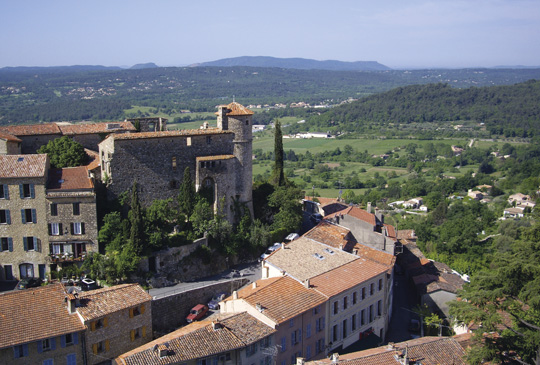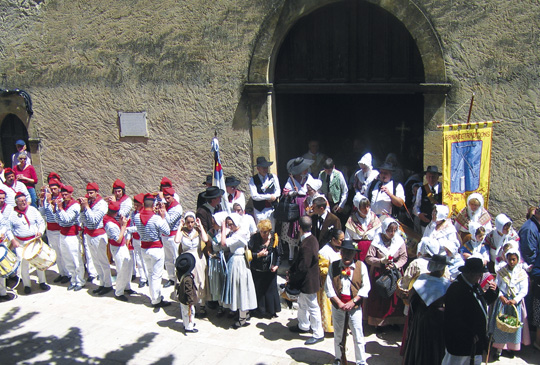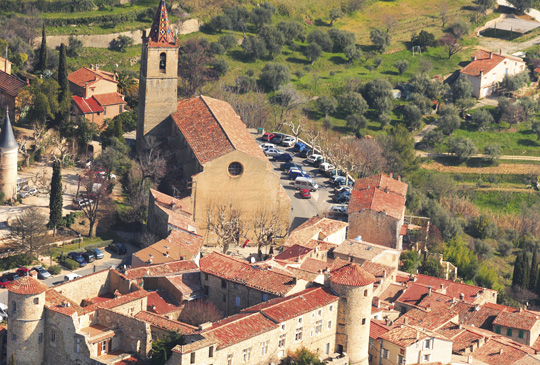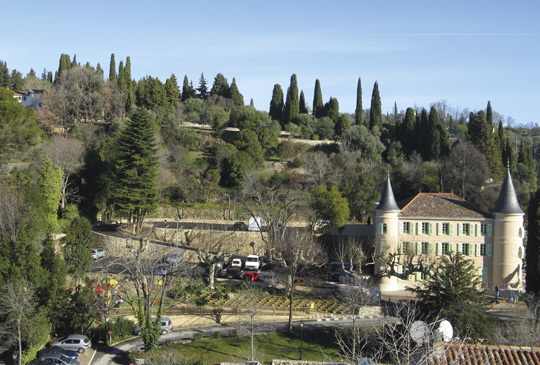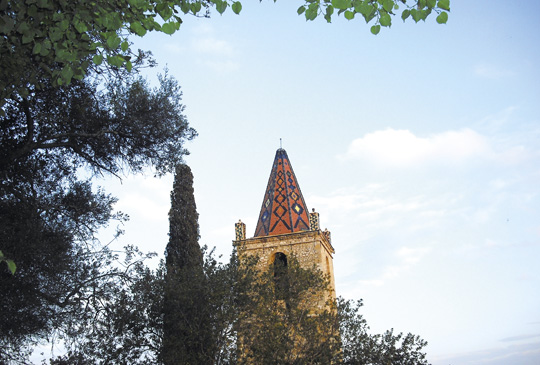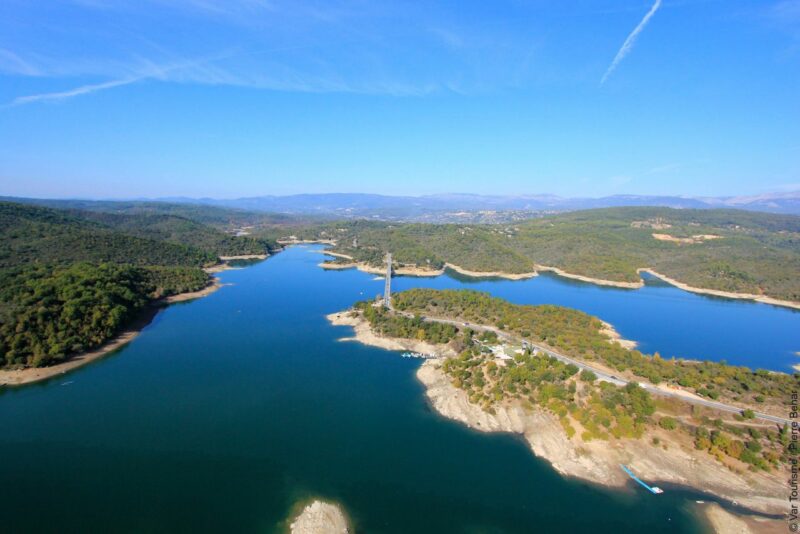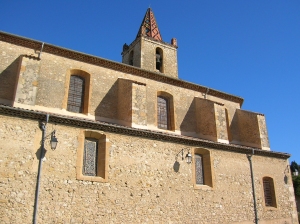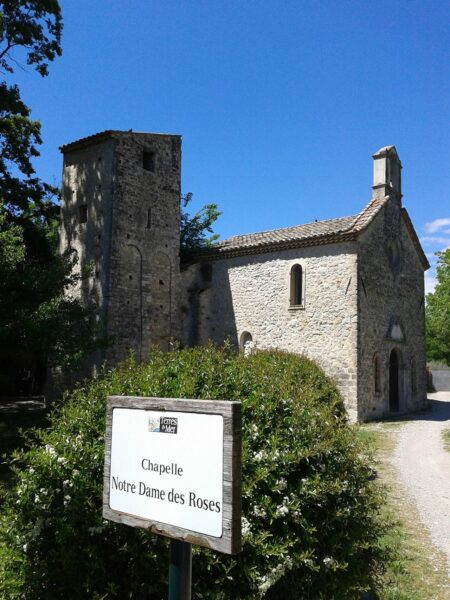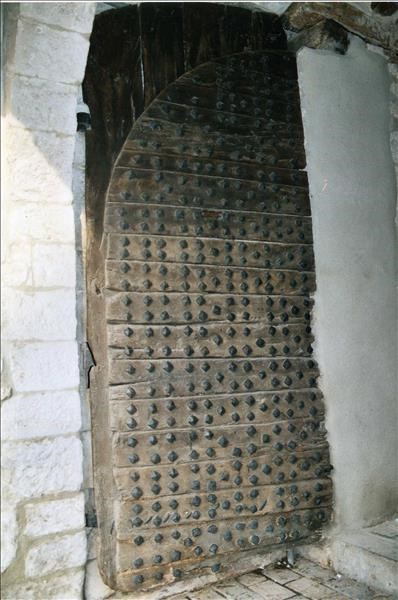The ancient village of Callian near the Camiole river was destroyed during the war between the Duras and Anjou families in the 14th century. Callian was rebuilt around its castle in the 15th century. The community was made up of the heads of families, under the direction of the seigneur and represented by their syndic (our future town councils). The village of Callian underwent a number of changes, both in the names of its neighborhoods and in its appearance. In 1700, "a road was dug from the portal known as des Cades towards the Pradon to the Place St-Antoine", and the casdatre of the time cites neighborhoods such as "la faïsse de billetes" and "les Naïsses", among many others that have since disappeared. The Place Blanquis became the Place Honoré Bourguignon, a Callian schoolteacher who was deported. The charity office, the hospital, the girls' school, now a doctor's surgery. In 1840, Callian was home to
112 threshing floors, 151 bastides and bastidons, 24 sheepfolds, 45 stables, 15 sheds, 27 granaries, 62 patecs, 57 masures, 45 pigsties and cesspools, 18 yards,
8 mills,1 paper mill,5 ovens,6 fountains,2 washhouses,
31 reservoirs,3 wells,21 passageways and in the village 191 houses, 68 gardens and 3 ovens.


